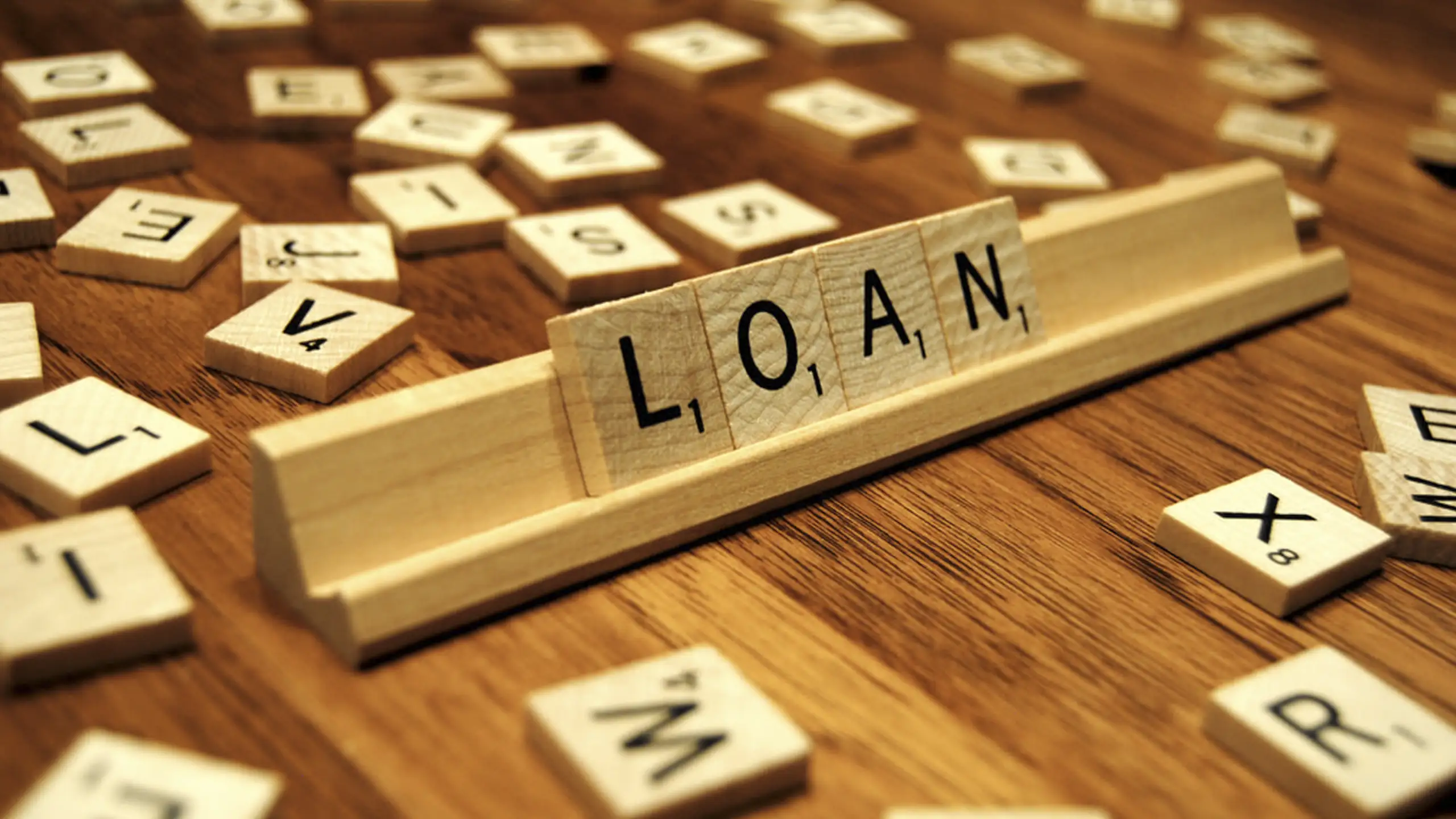There will come a moment in your life when you will need to get a personal loan from a bank so as to finance some types of expenses that have come your way. If you were in a rush when trying to get that loan, chances are that you might have agreed on some terms that weren’t exactly that favorable.
Or, perhaps the situation with your entire credit score has changed and now you are finding that the payments you have to make aren’t doing you any good and that you could use one kind of relief or another.
For example, your credit score might have improved and you realize that you might be offered a rate reduction. Or, you might find yourself needing to lower your existing monthly payments by extending the period of the entire loan. What do you do in those particular cases? Do you just continue dreaming about more favorable terms but doing nothing about it, or do you start thinking of a way to secure yourself those terms?

If it’s the latter, then this might help you understand what you should do.
To cut to the chase, your best option in situations such as those I have mentioned, as well as numerous other ones, is to refinance your loan. If you want to do this in Norway, i.e. if the refinansiering option sounds appealing to you, then you will have to think about a few things before taking any specific steps towards it.
Most importantly, you will need to figure out when doing this is a good thing, as well as how to actually do it.
Well, I am here today to answer those two significant questions for you. We will take it one important step at a time, meaning that we will first focus on the question of when to do this and then proceed to explaining the process of how to do it. Once you get the answers to those two things, you will manage to understand everything more clearly and thus make smart decisions when it comes to refinancing your loans in Norway. So, let us begin.
When to do it?
To put it as simply as possible, refinancing makes sense only if it will save you money. I suppose you wouldn’t resort to this option if you realized that you would actually need to pay much more than you initially had to with the first loan that you were burdened with. There is absolutely no point in using this solution if it will lead to you being even more in debt than before, meaning that you should calculate everything rather carefully if you are thinking about doing it.
Now, there are a lot of scenarios in which refinancing your existing loan could be a good option.
For example, if you have improved your credit score, you might qualify for a lower interest rate, and that’s something that you should definitely use to your advantage.
On the other hand, if your income has decreased for one reason or another, you might find yourself needing to lower the amount of your monthly installments, which is what refinancing can help you with.
Of course, it might also happen that you are now capable of paying higher monthly installments and that you want to get a shorter term for the loan that you have previously gotten.
Once again, this is when the refinansiering solution will come quite in handy. The same goes for when you want to change the type of your interest rate, for example from a variable to a fixed one.
How to do it?
I assume that you now know exactly when refinancing is a good option and when you might want to stop thinking about it. If I am correct, then you have probably already decided whether to do it or not.
In case you have decided to do it, you can learn how to apply for it in Norway by taking a look at the Refinansiere.net – Søk refinansiering page or finding any other useful source that could give you helpful information.
Anyway, learning how to do this the correct way is most definitely important, since you don’t want to end up making the wrong move and thus putting yourself in more debt than before.
We have already explained above that the whole point of refinansiering is in either lowering your monthly payments or your entire debt, which is why I am quite sure that you have learned when to do this.
So, it is now time for you to learn how to do it. Basically, the most important thing you will have to think about is the lender that you will be working with during the refinansiering process.
If you don’t find a great lender with some favorable and possibly amazing interest rates, then you are highly unlikely to do something wrong and regret your decision afterwards.
The bottom line is that it all depends on the lender you choose, meaning that this is your main task and that you should do it carefully and responsibly. Doing it responsibly, of course, consists of you doing the necessary research and gathering all the info you can about particular lenders before deciding which one to cooperate with.
Take as much time as you need so as to check the experience and the reputation of certain lenders and don’t forget to check their rates as well before making a new commitment.
Leave a Reply